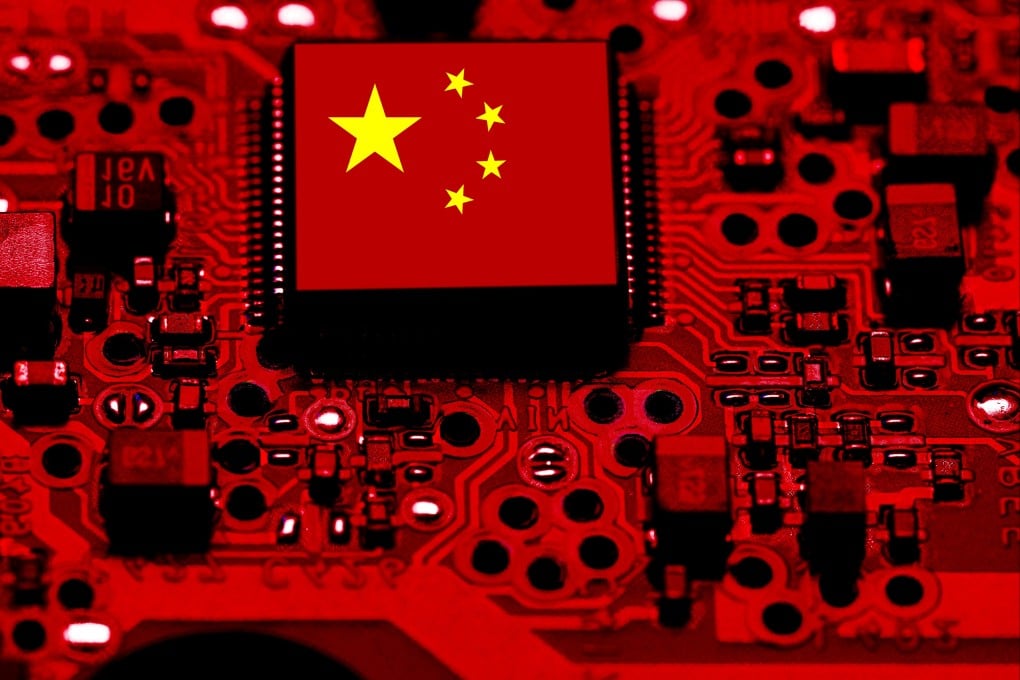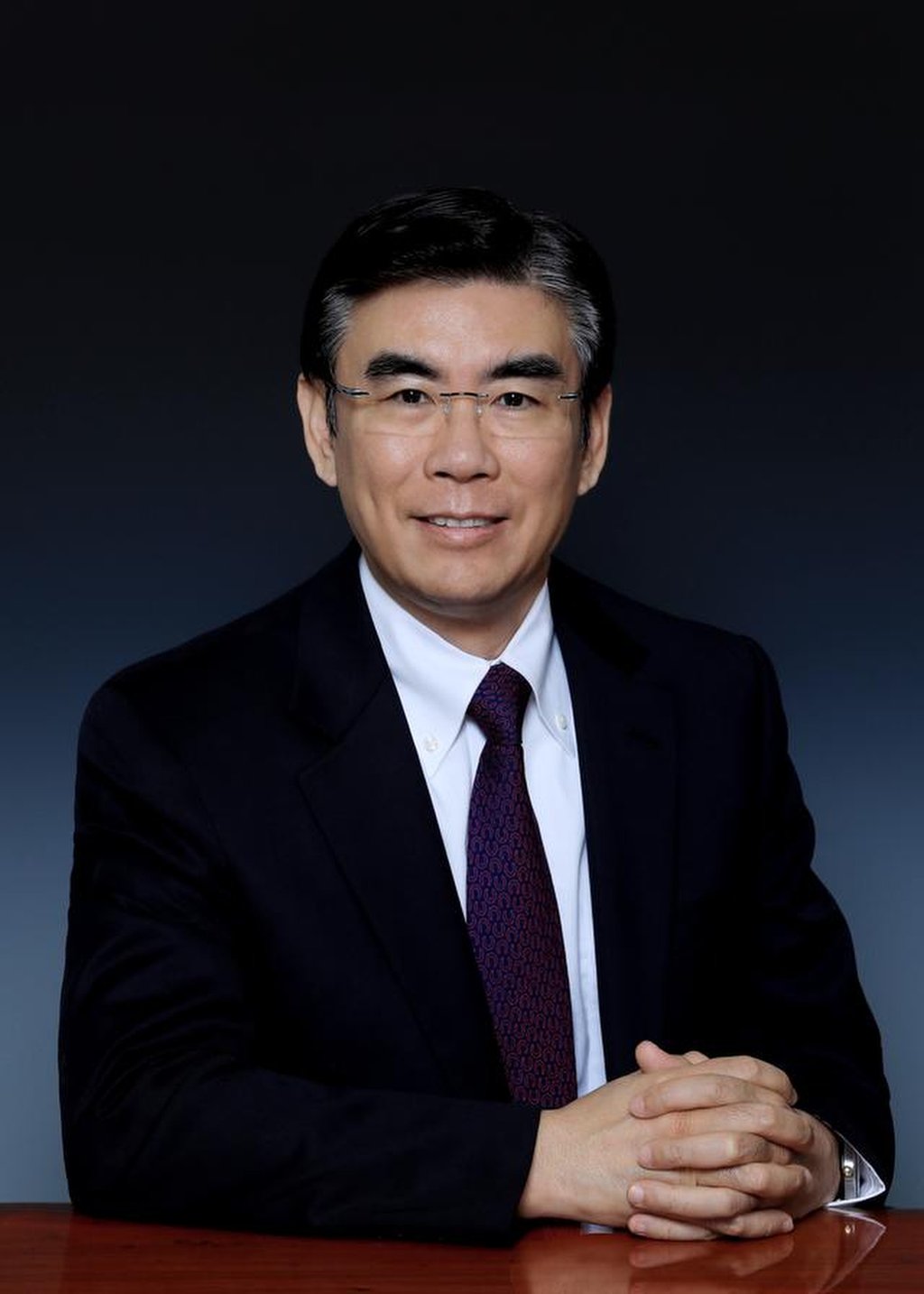Advertisement
Tech war: Beijing, local governments pressed to raise support for Chinese chip research and development amid US expansion
- Wei Shaojun, a senior official at the China Semiconductor Industry Association, said current government support for the sector is insufficient
- His clarion call reflects a sense of urgency in China’s chip industry after recent moves by Washington, including new tech export controls
Reading Time:3 minutes
Why you can trust SCMP
2

China’s central and local governments must provide greater support for semiconductor research and development to push the sector forward, according to a senior industry official, amid recent efforts by the United States to pursue advances in chip technology and manufacturing.
That call was made on Thursday by Wei Shaojun, president of the integrated circuit design branch at the China Semiconductor Industry Association (CSIA), at a chip forum held in the city of Wuxi in eastern Jiangsu province, where he asserted that government support is insufficient. Without making any reference to the US, he indicated that the combined annual research and development spending of 22 listed Chinese semiconductor companies totalled only US$1 billion.
“If we don’t have continuous R&D input, there won’t be momentum for development in the future,” said Wei in his speech that was published on the same day by EE Times China, a news site for the country’s electronics engineering community.
Advertisement
“We can’t make things out of thin air,” said Wei, who is the founder of Datang Microelectronics Technology Co where he served as chairman, president and chief executive from 1996 to 2005.

Currently a professor at Beijing’s prestigious Tsinghua University and an adjunct professor at Peking University, Wei not only requested more backing from the central and local governments, but also urged “the capital market to increase support” for domestic semiconductor research and development.
Advertisement
Wei’s clarion call reflects a sense of urgency in China’s semiconductor industry after Washington announced last week new export controls on technologies for the production of advanced chips, setting up an imposing roadblock that prevents the country from achieving its hi-tech ambitions.
Advertisement
Select Voice
Choose your listening speed
Get through articles 2x faster
1.25x
250 WPM
Slow
Average
Fast
1.25x